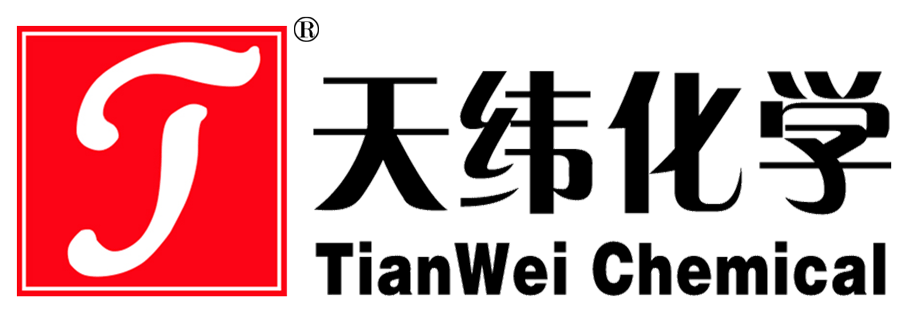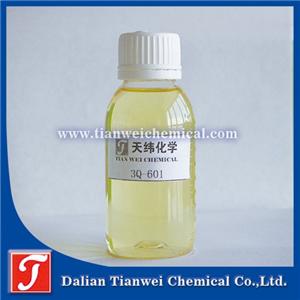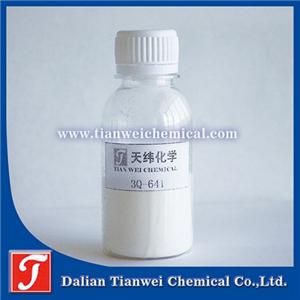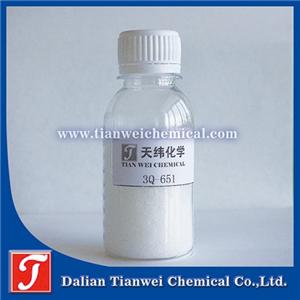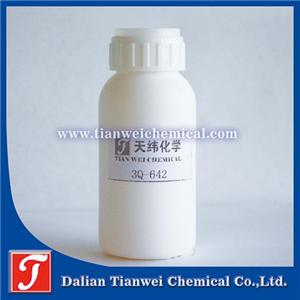-
Antibacterial and deodorizing auxiliaries for clothing fabrics: A new choice for health and comfort empowered by technology
In the fast-paced modern life, people's demands for clothing have gradually shifted from merely providing warmth and covering the body to pursuing functionality and health. Among them, the antibacterial and deodorizing function, which is directly related to the health and comfort experience of the wearer, has become an important development direction in the field of clothing fabrics. Antibacterial deodorizing auxiliaries, as the core material for achieving this function, are bringing revolutionary changes to the textile industry through continuous technological innovation.
28-11-2025 -
Water-based textile sizing antibacterial and antifungal agent, high-temperature resistant, long-lasting and effective
It has good compatibility with water-based slurries (such as acrylate, polyvinyl alcohol, starch) and does not affect the viscosity, fluidity and other properties of the slurry. It is applicable to various processing techniques such as dip rolling, coating and spraying. Ii. Working Principle
17-10-2025 -
The waterborne polyurethane coating antibacterial and antifungal agent protects the coating from mold
Waterborne polyurethane coating antibacterial and antifungal agents are chemical additives added to waterborne polyurethane coatings to inhibit or kill bacteria, mold and other microorganisms, prevent the coating from moldy and deteriorating, and protect the coating and substrate from microbial erosion. This type of additive achieves anti-mold and antibacterial effects by disrupting the cellular structure of microorganisms, interfering with metabolic processes, or forming protective films. Its core functions, common types, and practical applications are as follows
30-09-2025 -
Introduction to antibacterial and antifungal agents for wristbands and watch straps
Wristbands and watch straps, as close-fitting items that are in long-term contact with the skin and prone to sweat and environmental moisture, are high-frequency scenarios for the growth of bacteria and mold (for instance, the oils and dander in sweat provide nutrients for microorganisms, and a humid environment accelerates the reproduction of mold, which may lead to skin discomfort, unpleasant odors or mold growth of materials).
26-08-2025 -
The application fields of antibacterial and antifungal agents for foaming materials
Disposable tableware: After adding antibacterial and antifungal agents to foaming materials such as polystyrene foam board (EPS), it can inhibit the growth of microorganisms caused by food residues, extend the shelf life of tableware, and at the same time reduce the risk of material degradation caused by mold erosion. Packaging field
11-07-2025 -
Is the antibacterial effect of copper zinc pyridinium sulfide in cat litter good
Zinc pyrithione (ZPT) has a good antibacterial effect on cat litter. Its antibacterial and antifungal properties can effectively inhibit the growth of bacteria and mold in cat litter, thereby reducing odor and the risk of urinary tract diseases in cats.
07-07-2025 -
Antibacterial and antifungal agent for EPDM materials, grade 0 antifungal
Antibacterial and antifungal agents mainly function through the following ways: Destroying cell membranes: By interfering with the cell membrane structure of microorganisms, it leads to their death. Inhibit enzyme activity: Block the key enzymes required for microbial metabolism and inhibit their growth. Inhibit spore germination: Prevent mold spores from germinating and reproducing on the material surface. 2. Common types of antibacterial and antifungal agents
27-06-2025 -
The function of adding antibacterial and antifungal agents to floor moisture-proof pads
Fourth, enhance the added value and market competitiveness of products Meeting consumer demands: As consumers' attention to health and quality of life continues to increase, floor moisture-proof MATS with antibacterial and anti-mold functions are more popular in the market.
29-05-2025 -
Paper glue mold inhibitor: Provides long-lasting mold protection for paper products
In terms of composition, paper glue usually contains nutrients such as starch, protein and oil, which are precisely the "delicacies" needed for the growth and reproduction of mold. For instance, common glue is composed of polyvinyl alcohol, white latex, sodium stearate, talcum powder, urea, ethylene glycol, sucrose, flavoring, water, etc. Among them, components such as sucrose and protein provide rich nutritional sources for mold.
14-05-2025 -
The application of antibacterial and antifungal agents in washing machines
The damp environment inside the washing machine is a breeding ground for bacteria and mold. During the washing process, dirt on clothes
21-04-2025
